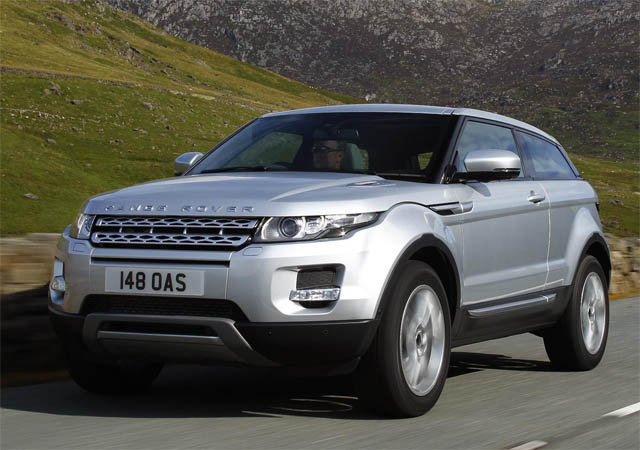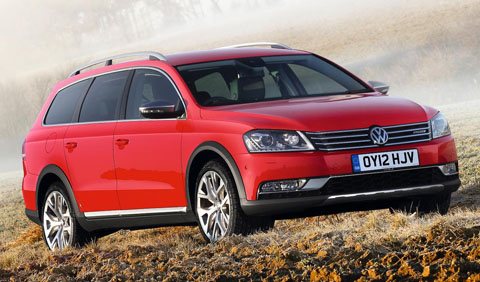I said it in 2009, and apparently, so did a diplomat whose note was leaked via Wikileaks: BYD might not stand scrutiny in a non-Chinese court over its vehicles.
When I raised it, a few BYD fans (agents?) came commenting, trying to pick holes in my post, though they were unable to deny that the company had been unethical. If someone needs to come and attack without substance, then it’s almost always a guilty conscience that motivates them. If anything, they confirmed every statement I made.
That time, I highlighted two publicity images that Toyota and BYD had used, even though BYD said the F0 model is exclusively its own work. It’s a little hard to explain these two photographs, then:
I wrote at the time:
BYD’s general manager, Xia Zhibing, has been quoted as saying, ‘The BYD F1 [as it was originally called] is a model developed by ourselves and we hold the intellectual property right for it.’
I guess there’s no shame at BYD, and that the ideals of truthfulness in Confucianism haven’t made a return to parts of Red China.
Come on, Mr Xia, the only contribution BYD has made to the 2007 photo is in Adobe Photoshop! If you are going to lie about it, don’t make it so obvious by using someone else’s publicity pic first! At least use CAD to generate something new!
The argument still holds when you examine the door shapes of the BYD F3 and G3, and the E120 Toyota Corolla; or the F6 and the XV30 Camry, though at least neither model has been cursed with retouching of Toyota publicity photographs. From the Reuter article:
One Honda source, who spoke on condition of anonymity, cited BYD’s F3 model in particular as a known copy with Toyota Corolla and Honda Fit attributes.
It’s interesting that this has only recently come to light at Reuter, when the story was very obvious to most of us motorheads two years ago.
Most of us know that copying goes on and China, Red or otherwise, is certainly not the only guilty party. There’s some hidden story about the original Nissan March and the Fiat Uno, for example, but usually, when these things are done, the designers do enough to get around an expert’s judgement, just in case one gets called up in court.
BYD, however, hasn’t really done enough to cover its tracks. It’s one thing to be inspired, it’s another to leave clues everywhere over the finished product.
Before 2009, I honestly thought BYD was a Toyota licensee, and while it would be very difficult (as the Reuter article points out) to prove copying or copyright infringement on a component-by-component basis (as so many parts are commodities), it’s actually not as difficult to examine the overall bodyshells and for a plaintiff to find evidence of objective similarity. Things might be a millimetre out here and there, but the argument would be familiar to anyone in the type design industry: Megaron is still Helvetica.
Arguably, some of the technology is BYD’s (and the Reuter article has something to say about its efficacy), but there’ll need to be some investment in the look of the cars if the company doesn’t want to get an injunction filed against it by some Japanese automakers, as I said in 2009.
It’s not as though the company is incapable of producing cars inspired by other manufacturers but with enough of the details hidden—some of BYD’s niche models could pass muster in a non-Chinese court.
The BYD e6, the electric car on which a lot of the company’s hopes hinge, actually looks quite smart.
However, the mainstream models, the ones in which Warren Buffett has placed so much faith with his BYD investment, don’t.
There are so many Chinese car manufacturers that deserve to do well, because they’ve played the game properly. While their conduct during the last days of MG Rover in the UK left something to be desired, SAIC is going about its expansion largely the right way. Chery has been commissioning some wonderful work from Italy. Geely and Riich models might look derivative, but there’s no doubt that it’s their own work. I wouldn’t buy a Lifan, but I’d talk them up before I’d talk up BYD.
BYD’s advantage is in its electric models, if they ever appear. The Reuter article leaves the reader in little doubt that the technology there might not be all that it is cracked up to be, either.
The irony is I would really love the idea of all-electric cars to succeed and be affordable. If they came from China, I would have no objection, because it would mean that the world’s fastest-growing car-buying nation might be able to arrest its rise in carbon dioxide emissions. Even the Politburo’s subsidy for electric cars is a sensible move.
But there is so much talent in a country of over a billion that copying, as the Chinese car industry moves into a more mature phase, does it no credit—and that could prove the undoing of BYD unless it sets its sights only on exporting the e6 and not the existing F-cars or the G3.







It’s ‘Reuters’ not ‘Reuter’.
When I was a kid, it was always Reuter in the newspapers (don’t you remember ‘NZPA/Reuter’ cited?). In the 1990s, the company had a product called Reuter Textline, not Reuters Textline. Reuter just likes to pretend it was Reuters all along: it wasn’t. There were some countries where it was Woolworth, and other countries where it was Woolworths—though they stemmed from the same outfit. Somewhere along the line, the apostrophe disappeared from Harrod’s. Americans spell colour without a u. Now, did you have something to say?